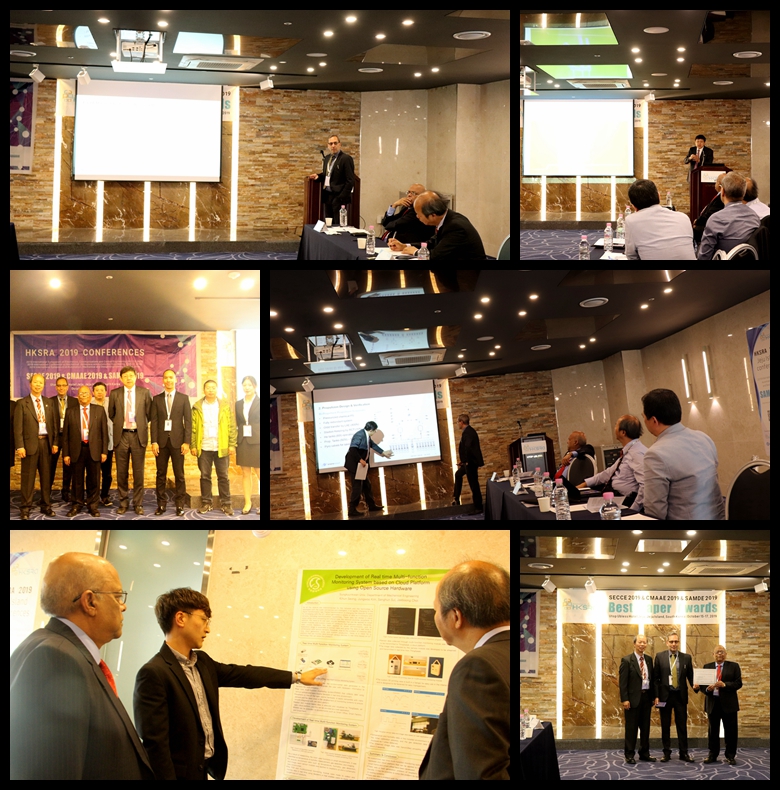The synergy between Blockchain and IoT creates a new era of efficiency, security, and automation. Let’s explore how this integration, spearheaded by Boosty Labs – blockchain development company, is revolutionizing data management and fortifying the security and automation of interconnected devices.
Revolutionizing Data Management:
One of the key strengths of blockchain technology lies in its ability to transform the way we manage data. Traditional data management systems often face challenges related to transparency, integrity, and interoperability. Enter blockchain – a decentralized ledger that enables transparent and tamper-resistant recording of transactions.
Blockchain addresses this challenge by introducing a transparent and tamper-resistant system. Each piece of information, or “transaction,” is recorded in a block, forming an unchangeable chain. This decentralized ledger ensures that data is securely stored across a network of computers, without the need for any central authority.
Transparency is another remarkable feature of Blockchain. Each user in the network may have access to the same immutable record of transactions. Imagine a ledger where once a transaction is recorded, it cannot be altered. Such characteristic, known as immutability, is a game-changer in data management. In the context of IoT, it ensures that the historical data of each device remains unchanged and verifiable.
Traditional data management often leads to the creation of isolated data silos. Blockchain, with its decentralized nature, allows for a more democratized data ecosystem. In the world of IoT, this means that devices can seamlessly communicate and share information across the entire network without the hindrance of centralized bottlenecks.
Fortifying Security in the IoT Ecosystem:
Security is a paramount concern in the interconnected world of IoT, where a breach in one device can have cascading effects across the network. Blockchain, with its cryptographic algorithms and decentralized nature, acts as a robust guardian of data integrity and security.
Through the use of consensus mechanisms and encryption, blockchain prevents unauthorized access and tampering of data. Each device in the IoT network becomes a node in the blockchain, contributing to the overall security of the system. In the event of a cyber attack or unauthorized access, the decentralized nature of blockchain ensures that the entire network does not succumb to a single point of failure.
One of the groundbreaking aspects of Blockchain in IoT security is its ability to facilitate decentralized identity management. In traditional setups, a central authority often controls device identities, making them susceptible to single points of failure. Blockchain distributes this control, providing each device with a secure and verifiable identity without reliance on a central entity.
This decentralized identity system makes it significantly more challenging for malicious actors to impersonate devices or launch identity-based attacks. Each device becomes a unique and tamper-resistant entity within the Blockchain network.
The immutability of the Blockchain adds an extra layer of security by ensuring that once data is recorded, it cannot be altered. This feature is invaluable for auditing purposes, allowing stakeholders to verify the integrity of historical data. In the event of a security incident, the Blockchain provides a transparent and traceable record of transactions, aiding in the identification and mitigation of breaches.
Blockchain’s transparent nature contributes to building trust within the IoT ecosystem. Every participant in the network has access to the same unalterable record of transactions. This transparency not only fosters trust among users but also makes it easier to identify and address security issues collaboratively.
Empowering Automation with Smart Contracts:
Automation is a driving force behind the efficiency gains in various industries. Blockchain introduces the concept of smart contracts – self-executing contracts with the terms of the agreement directly written into code. In the context of IoT, smart contracts enable automated, trustless transactions between devices.
For example, in a smart home ecosystem, a blockchain-based smart contract can facilitate automatic payment for energy consumption directly between the connected devices, eliminating the need for intermediaries. This not only streamlines processes but also reduces the risk of fraud and errors.
Interesting Tidbits:
- Immutable History: Once a block is added to the blockchain, it becomes nearly impossible to alter. This immutability ensures the integrity of the historical data, a critical aspect in scenarios where an auditable record is paramount.
- Energy Efficiency: Some blockchain platforms are exploring energy-efficient consensus mechanisms, addressing concerns about the environmental impact of traditional blockchain protocols. This is particularly relevant in the context of IoT devices, where energy consumption is a crucial consideration.
- Decentralized Identity: Blockchain facilitates decentralized identity management, allowing IoT devices to have secure and verifiable identities without relying on a central authority. This adds an extra layer of security to the IoT ecosystem.
As Blockchain and IoT continue to converge, the transformative potential of this synergy becomes increasingly apparent. Boosty Labs- blockchain development company, with its commitment to innovation, is at the forefront of this revolution, unlocking new possibilities for enhanced data management, security, and automation. The integration of blockchain into the fabric of IoT not only addresses existing challenges but also propels us toward a future where interconnected devices operate seamlessly, securely, and autonomously.
